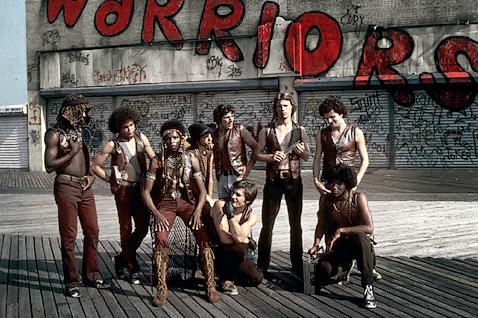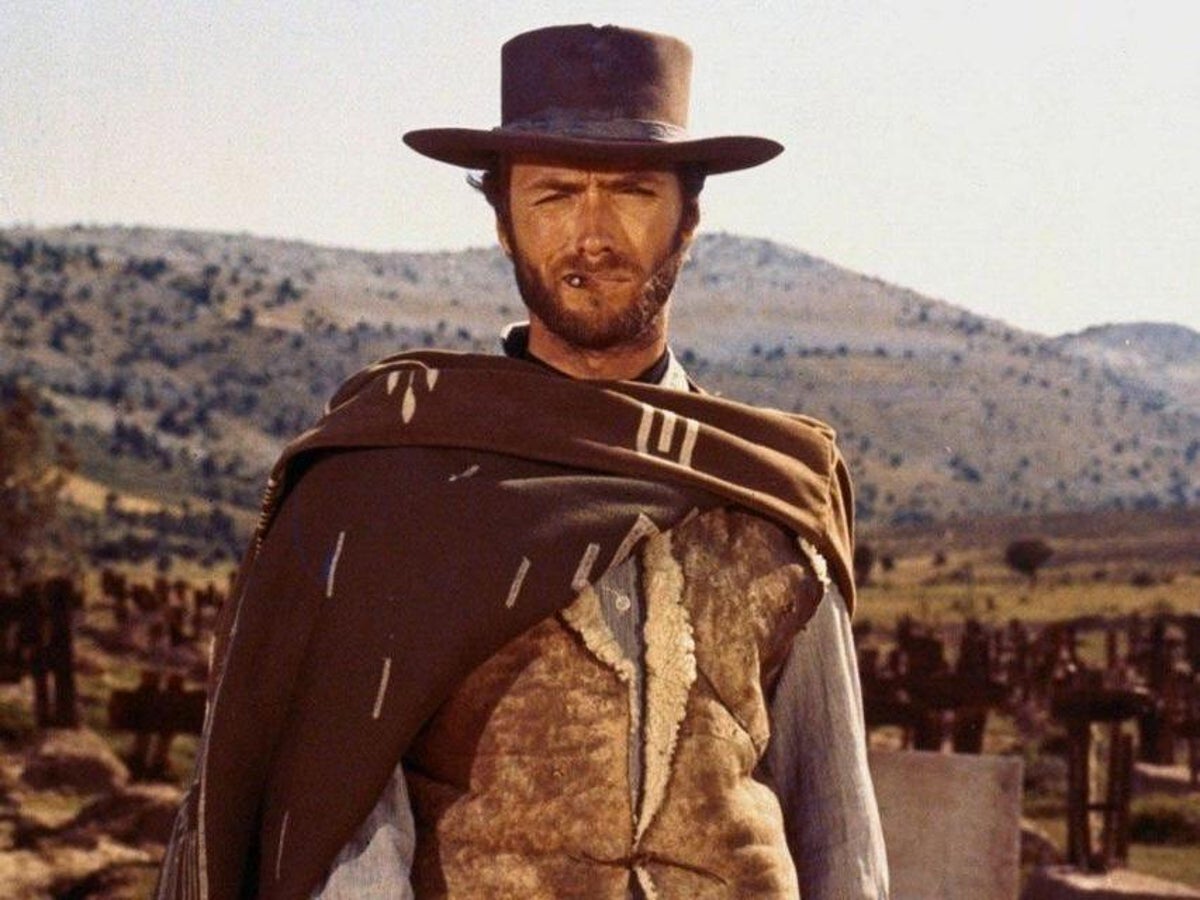
In some ways, the Control Ring (level Two) of the city is the most obvious of settings and, in turn, the most aptly named. Government of any kind is essentially about control: controlling who is considered a citizen, what the borders are, and how the rule of law (if any) is implemented. There are certainly differences among the various types of government and those that are nominally about “the people” are often the most insidious in the form of control which is exerted. Our own United States, once again about to be the plaything of Bronzo the Clown and his cohort of fascists, has long trended toward the type of control which is far more subtle than simply that of a monarch dictating what is good or isn’t according to their personal whims. In the US, the concept of the nation-state as religion (the flag not being allowed to touch the ground, being required to recite a pledge of allegiance in school, etc.) is the most obvious form of that control. Treating inanimate objects and vague concepts like “democracy” and “patriotism” as untouchable foundations of this society played heavily into the conceptualization of the Tribunal, which is the dominant element of level Two.
Likewise, organized religion has been an element of control in human society for as long as the latter has existed. Being able to refer to otherworldly and largely unknowable beings as the enforcers of societal law that was, of course, usually dictated by a priesthood in close alliance with the rulers of that society, has been an essential facet of almost every major religion created throughout human history. “Don’t do that because God said so” is a direct form of that control. Writing those religious laws down and then reinterpreting them to serve whatever present interest was most advantageous to those doing the interpretation is a more oblique but just as widespread method. Religion establishes a code that must be heeded if one is to be accepted within the society where the majority of people have decided that said code is the best way for society to function. Again, American democracy was largely created as a replacement for that kind of religion. When it’s combined with that outlook is when it becomes the most pernicious as, again, we are about to see with Project 2025 and so forth. This, too, was a major aspect to my imagining of the Tribunal.

But then when it is simply all of the worst aspects of humanity that those two things- government and religion -allow to be used as weapons is where it all comes together. That, in truth, is fascism and it usually centers around promoting the interests of a small group against the interests of all other groups and is almost always rooted in fear: fear of The Other; fear of change; fear of differing perspectives. All of those things must be repelled or abolished in order to preserve the sanctity (and control) of the society that functions on that fear. The Tribunal, as masters of the second level of the City (and, really, the first, since it’s the one that doesn’t have regular, direct contact with the outside world, like the Rim) is a structure of government that is expressly about control. It wants to control who or what enters its territory (and, thus, enters or leaves the city.) It wants control over the genetic makeup of its citizenry (the Midwife project.) It wants control over what its citizens do, think, and feel as it arcs toward its collective vision of “the perfect society”; E pluribus unum, indeed. That kind of exacting control over mass bodies of people is nearly impossible if history is any indication, but many attempts have come close, usually in fiction but not always. The Tribunal is Orwell’s 1984. It is Aldous Huxley’s Brave New World. It is George Lucas’ THX-1138. But it is also Joseph Stalin’s Soviet Union. And along with those, it’s also markedly interested in eugenics, cybernetics, and psionics as methods to implement that perfect society and extend it as far as it can.
I usually refer to the Tribunal as an “it” because, while it is controlled at the top by a council known as The Trust, the whole entity is something of a unitary existence. The control within that society is so absolute that almost everything tends to function like a centralized machine; from the Tribunal Protectors (aka Thought Police) to the Midwives to the Counselors, all of which are meant to curb the potential excesses of humanity (like, say, free will) and instead shape it into a tool to be used to, again, create that perfect society. That’s why the eugenicist program of the Midwives is so important to it. Finding the right genetic makeup to not only create “super-beings” but expressly obedient, dedicated super-beings is important to the whole mission of the Tribunal. This, of course, all rings true to the basic ideas behind the Nazi regime of Germany and, likewise, rings true to the aspirations of any number of Americans, both now and in the past. Genetic purity has been a hallmark of American society since its founding on the backs of those considered a “lesser race.” Racism has been an essential part of American politics ever since. The Tribunal takes a different tack on it, in that no ethnicity is considered superior to any other, but the object of the Tribunal is to create such a race that will be superior and, therefore, in turn create the superior (or perfect) society.

That endeavor is, like many things throughout history, a direct response to the circumstances around them. The Collapse was enough of a shock to create the idea in the most outlying portion of the city (but still inside the city, unlike the “lawless” Rim where those “others” live…) that a government/religion like the Tribunal is the only proper response to this disaster. And there are a couple elements external to the state that contribute to that idea. Back in the early 90s, it was common knowledge that the older portion of the population were more likely to be conservative voters, which made the idea of the Dawn Patrol- a group of pharmacologically-enhanced, elderly men, longing for “the good old days” -an easy one to countenance as one of the few manifestations of the “gang” phenomenon on the second level. Another one of those groups is the Anarchrists, who take the religion example to an extreme; each one of them believing that they could be the promised messiah if they can only sacrifice themself in the fury of conflict against the control enforced by the Tribunal. We’ll run into a few of them in one of our upcoming stories.
But I also don’t want to neglect the religious angle in all of this talk about government control. That’s a deep-rooted aspect of the Tribunal’s makeup. As a Marxist and classical Stoic, I’ve always been fascinated by those who are devoted to this or that religion and the extremes that they’ve been driven to throughout history in the name of “God.” Much of the technology involved in the makeup of the Midwives, as well as the very network that the Tribunal maintains independent of the ShadowNet- TrinityNet -is rooted in that religious perspective. Entities on TrinityNet and within the very structure of the society carry names from religious texts like ophan and nefeshim. The iron fist of that society is inherently portrayed as something extending from the heavens and rooted in imagery of much greater significance than one gated neighborhood on the edge of a former metropolis. Also, one of the interesting things about the Tribunal that sits in the deep background is how similar much of its approach and essential makeup mirrors the society of the Walkers, much deeper in the city and much farther in our future than any tales about the second level…
Anyway, again, that’s for the future. For the next couple months, we’re still on the Rim and perfection is a distant vision. But we can still see the Tribunal Protectors lining the wall. They’re right there, hiding in plain sight.











 What some consider to be either the ultimate expression of urban decay in America, an encounter with a cosmic phenomenon, or a nightmare writ large. Regardless, it's somewhere between fascinating and lethal and all shades in between.
- Welcome to Hell, the travelers' guide to Dystopia.
What some consider to be either the ultimate expression of urban decay in America, an encounter with a cosmic phenomenon, or a nightmare writ large. Regardless, it's somewhere between fascinating and lethal and all shades in between.
- Welcome to Hell, the travelers' guide to Dystopia.
